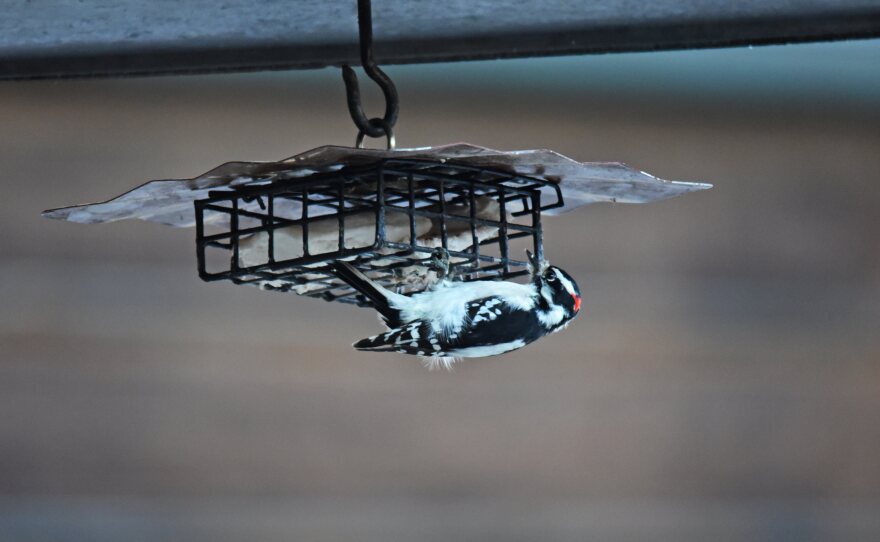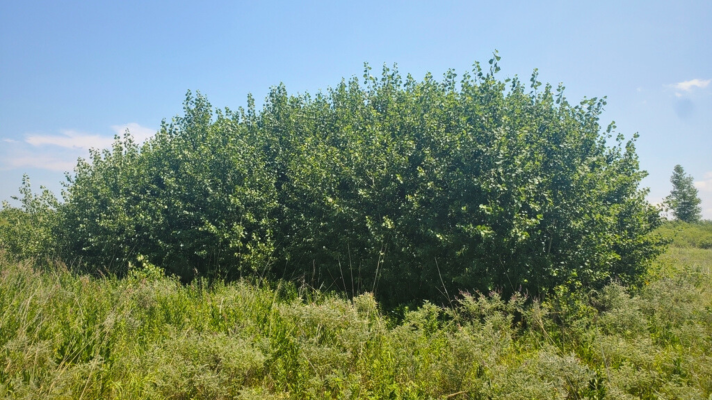As the summer season begins turning to autumn, Pam Perry joined The Morning Show to talk about the wildlife she's watching. Enjoy a deep-dive into common woodpecker species below!
Topics
- Introduction (0:00-0:18)
- Hairy and Downy Woodpecker markings (0:18-1:43)
- Grackles and Red-winged Blackbirds (1:43-2:50)
- Purple Finches and House Finches (2:50-6:44)
- Rose-breasted Grosbeaks and orioles (6:46-8:28, 9:06-9:25)
- Bird song quieting down (8:28-9:06)
- Ruby-throated Hummingbirds (9:06-11:09)
- Sphinx moths and bumblebees (11:09-13:15)
- Frogs (13:15-14:29)
- House Wrens (14:29-15:50)
- Conclusion (15:50-16:35)
What kind of woodpecker is that?
Do you know how to tell a Hairy Woodpecker from a Downy or distinguish a juvenile woodpecker from an adult? Pam Perry has the answers.
Our familiar friends the Downy and Hairy Woodpecker are common visitors to backyard feeders and urban trees year-round. If you have a wooded area or park nearby, you likely have some of them around.
Need a mnemonic to help you remember the size difference? DOWNY Woodpeckers are the DOWNSIZED versions.
Telling a Downy Woodpecker from a Hairy Woodpecker takes some time — they look incredibly similar, though they are different sizes. If they’re right next to each other, it’s easy-peasy: the Hairy Woodpecker is much bigger. The Downy is just a bit bigger than a nuthatch or chickadee.
If the two species aren’t side-by-side, the work gets a bit harder. The trick is in the bill — Downy Woodpeckers have shorter, thinner bills than Hairy Woodpeckers. Here’s a graphic showing the difference:

How old is that woodpecker?
Male woodpeckers also make it easier to identify their age. They have red markings, both as juveniles and adults. Adult males have a red dot on the back of their heads, while juvenile males sport a red dot on their foreheads or crowns. Females do not have any red on their plumage.
We’re only a minute and 43 seconds into the episode, and I’ve already learned so much! Listen above for more.
Were these images helpful? Let me know at cmitchell@kaxe.com, or text us at 218-326-1234.
For more phenology, <b class="rte2-style-bold">subscribe</b> to our Season Watch Newsletter or visit the Season Watch Facebook page.
Funding for this project was provided by the Minnesota Environment and Natural Resources Trust Fund as recommended by the Legislative-Citizen Commission on Minnesota Resources (LCCMR).















